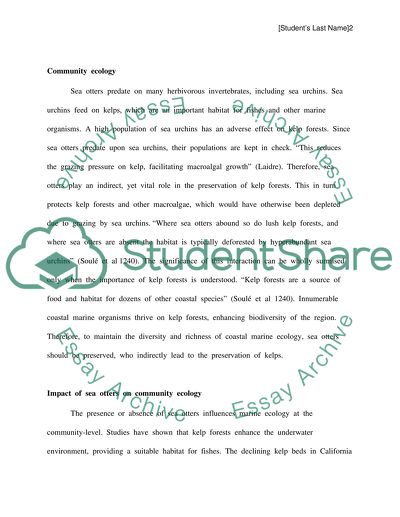Cite this document
(“The community ecology of the organism Research Paper”, n.d.)
Retrieved from https://studentshare.org/biology/1429477-the-community-ecology-of-the-organism
Retrieved from https://studentshare.org/biology/1429477-the-community-ecology-of-the-organism
(The Community Ecology of the Organism Research Paper)
https://studentshare.org/biology/1429477-the-community-ecology-of-the-organism.
https://studentshare.org/biology/1429477-the-community-ecology-of-the-organism.
“The Community Ecology of the Organism Research Paper”, n.d. https://studentshare.org/biology/1429477-the-community-ecology-of-the-organism.


